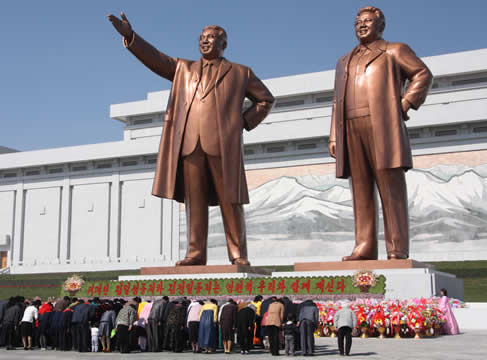

The Pack contains associated resources for the learning experience, typically in the form of articles and videos. There is a teacher Pack (with only teacher information) and a student Pack (which contains only student information). As a teacher, you can toggle between both to see everything.
Here are the teacher pack items for Totalitarianism and Its Influence in History:


In this experience, students distinguish between limited and unlimited government, identifying the problems with unlimited government. Then they learn about totalitarianism and its approach to government. Next, they explore the form totalitarianism took in the twentieth century: communism and fascism. Finally, students explain how both communism and fascism are totalitarian in nature. Objectives:
Various forms of government have appeared throughout human history, but none have been as deadly as totalitarianism. In this experience you will learn what totalitarianism is and the shape and toll it took in the twentieth century.
Objectives:

North Koreans Bow Before Statues of Their Leaders, Past and Present
Brainstorm what you think the differences are between limited government and unlimited government. In the chart, record a definition or features. They do not have to be in complete sentences.

